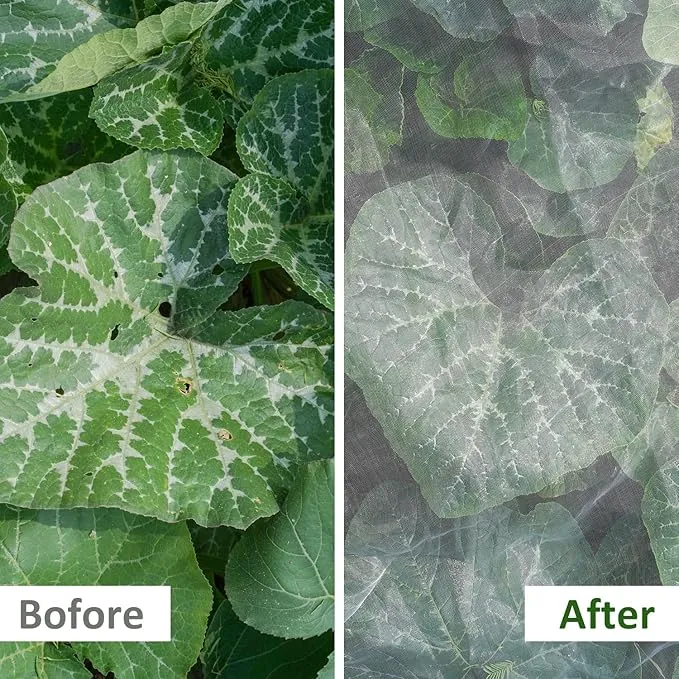-
 Afrikaans
Afrikaans -
 Albanian
Albanian -
 Amharic
Amharic -
 Arabic
Arabic -
 Armenian
Armenian -
 Azerbaijani
Azerbaijani -
 Basque
Basque -
 Belarusian
Belarusian -
 Bengali
Bengali -
 Bosnian
Bosnian -
 Bulgarian
Bulgarian -
 Catalan
Catalan -
 Cebuano
Cebuano -
 China
China -
 Corsican
Corsican -
 Croatian
Croatian -
 Czech
Czech -
 Danish
Danish -
 Dutch
Dutch -
 English
English -
 Esperanto
Esperanto -
 Estonian
Estonian -
 Finnish
Finnish -
 French
French -
 Frisian
Frisian -
 Galician
Galician -
 Georgian
Georgian -
 German
German -
 Greek
Greek -
 Gujarati
Gujarati -
 Haitian Creole
Haitian Creole -
 hausa
hausa -
 hawaiian
hawaiian -
 Hebrew
Hebrew -
 Hindi
Hindi -
 Miao
Miao -
 Hungarian
Hungarian -
 Icelandic
Icelandic -
 igbo
igbo -
 Indonesian
Indonesian -
 irish
irish -
 Italian
Italian -
 Japanese
Japanese -
 Javanese
Javanese -
 Kannada
Kannada -
 kazakh
kazakh -
 Khmer
Khmer -
 Rwandese
Rwandese -
 Korean
Korean -
 Kurdish
Kurdish -
 Kyrgyz
Kyrgyz -
 Lao
Lao -
 Latin
Latin -
 Latvian
Latvian -
 Lithuanian
Lithuanian -
 Luxembourgish
Luxembourgish -
 Macedonian
Macedonian -
 Malgashi
Malgashi -
 Malay
Malay -
 Malayalam
Malayalam -
 Maltese
Maltese -
 Maori
Maori -
 Marathi
Marathi -
 Mongolian
Mongolian -
 Myanmar
Myanmar -
 Nepali
Nepali -
 Norwegian
Norwegian -
 Norwegian
Norwegian -
 Occitan
Occitan -
 Pashto
Pashto -
 Persian
Persian -
 Polish
Polish -
 Portuguese
Portuguese -
 Punjabi
Punjabi -
 Romanian
Romanian -
 Russian
Russian -
 Samoan
Samoan -
 Scottish Gaelic
Scottish Gaelic -
 Serbian
Serbian -
 Sesotho
Sesotho -
 Shona
Shona -
 Sindhi
Sindhi -
 Sinhala
Sinhala -
 Slovak
Slovak -
 Slovenian
Slovenian -
 Somali
Somali -
 Spanish
Spanish -
 Sundanese
Sundanese -
 Swahili
Swahili -
 Swedish
Swedish -
 Tagalog
Tagalog -
 Tajik
Tajik -
 Tamil
Tamil -
 Tatar
Tatar -
 Telugu
Telugu -
 Thai
Thai -
 Turkish
Turkish -
 Turkmen
Turkmen -
 Ukrainian
Ukrainian -
 Urdu
Urdu -
 Uighur
Uighur -
 Uzbek
Uzbek -
 Vietnamese
Vietnamese -
 Welsh
Welsh -
 Bantu
Bantu -
 Yiddish
Yiddish -
 Yoruba
Yoruba -
 Zulu
Zulu
dust net for construction
The Role of Dust Nets in Construction Enhancing Safety and Environment
Construction sites are often bustling with activity, leading to the production of significant amounts of dust and debris. This can have detrimental effects on the health of workers and the surrounding community, as well as on the environment. As the construction industry seeks to adopt safer and more environmentally-friendly practices, one effective solution that has emerged is the implementation of dust nets.
What are Dust Nets?
Dust nets, also known as dust control nets or debris nets, are specialized fabrics designed to capture airborne dust particles generated during construction activities. Made from durable materials such as polyethylene or polypropylene, these nets can effectively filter out fine particles while allowing air to circulate. Their primary purpose is to minimize the spread of dust beyond the confines of the construction site, thus protecting nearby residents and ecosystems.
The Importance of Dust Control
Dust produced during construction can pose several health risks. Inhalation of fine particulate matter can lead to respiratory issues, skin irritation, and other health problems for workers on-site and residents in neighboring areas. Furthermore, construction dust can contribute to environmental pollution, including soil contamination and water quality degradation. By controlling dust emissions, construction companies can uphold their duty of care towards employees and the public while also complying with increasingly stringent environmental regulations.
Benefits of Using Dust Nets
1. Health and Safety The primary benefit of dust nets is the protection of workers and nearby residents from respiratory hazards. By minimizing airborne dust, these nets help create a safer working environment and enhance the overall health of the surrounding community.
2. Regulatory Compliance Many regions have regulations governing dust emissions from construction sites. Using dust nets can aid construction companies in meeting these legal requirements, thus avoiding penalties and possible project delays.
3. Enhanced Visibility Dust can obscure visibility on site, increasing the risk of accidents. Dust nets help maintain a clearer working environment by reducing dust levels, contributing to safer operations.
dust net for construction

4. Environmental Protection In addition to protecting human health, dust nets help safeguard local ecosystems by reducing the amount of dust that can settle on plants, water bodies, and soil. This is crucial in preserving biodiversity and maintaining the integrity of local environments.
5. Cost Efficiency While there might be an initial investment in purchasing and installing dust nets, the long-term savings can outweigh these costs. Reducing health-related incidents and potential fines can translate into significant financial savings for construction companies.
Implementation Strategies
To maximize the effectiveness of dust nets, construction companies should consider the following strategies
- Proper Installation Dust nets should be installed in a manner that ensures comprehensive coverage of dusty areas. This may include erecting nets around the perimeter of the construction site or placing them strategically around high-dust activities.
- Regular Maintenance It's essential to regularly inspect and maintain dust nets to ensure they remain effective. Cleaning dust accumulation and checking for damage can prolong their lifespan and efficiency.
- Training and Awareness Workers should be trained on the importance of dust control measures, including the use of dust nets. Awareness programs can foster a culture of safety and environmental stewardship within the workforce.
Conclusion
As the construction industry evolves, the importance of adopting effective dust control measures becomes increasingly clear. Dust nets represent a practical and efficient solution to mitigate airborne dust, ultimately benefiting human health, regulatory compliance, environmental protection, and company efficiency. By prioritizing dust control strategies, construction companies can contribute to a safer, healthier, and more sustainable future for everyone.
-
Shipping Plastic Bags for Every NeedNewsJul.24,2025
-
Safety Netting: Your Shield in ConstructionNewsJul.24,2025
-
Plastic Mesh Netting for Everyday UseNewsJul.24,2025
-
Nylon Netting for Every UseNewsJul.24,2025
-
Mesh Breeder Box for Fish TanksNewsJul.24,2025
-
Expanded Steel Mesh Offers Durable VersatilityNewsJul.24,2025











